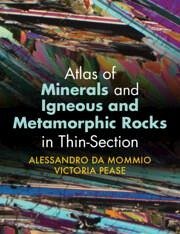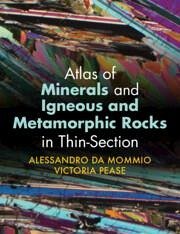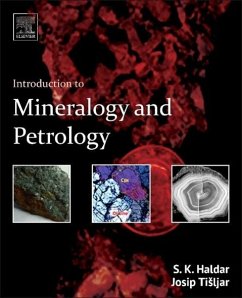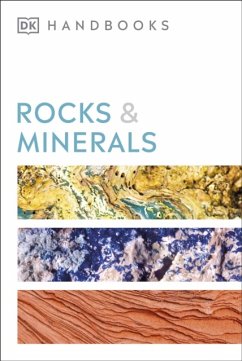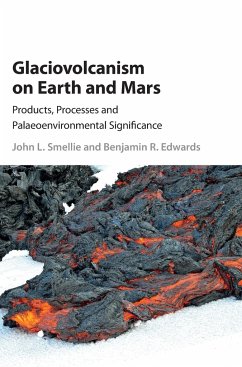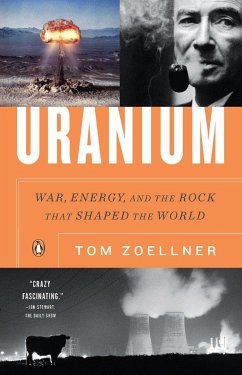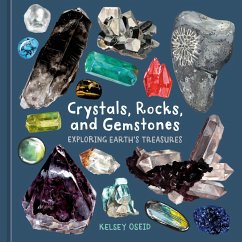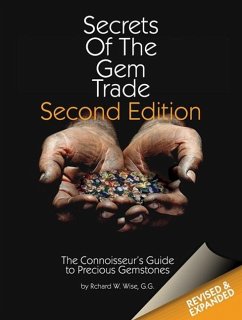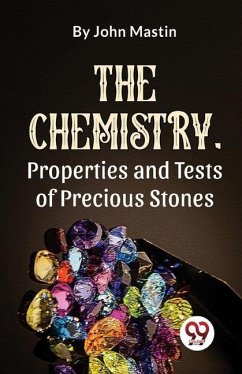
Minerals
Versandkostenfrei!
Versandfertig in 1-2 Wochen
191,99 €
inkl. MwSt.
Weitere Ausgaben:

PAYBACK Punkte
96 °P sammeln!
Designed for use on one- or two-semester courses, this is a comprehensive study of modern mineralogy, for undergraduate and graduate students in the fields of geology, materials science and environmental science. New online resources include laboratory exercises and PowerPoint slides, making this a sound investment for the next generation of mineralogists.





